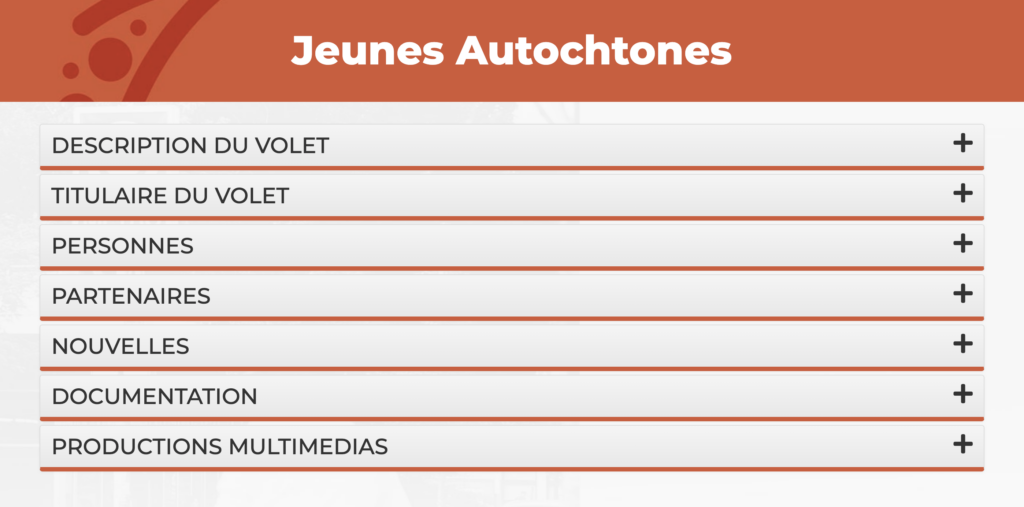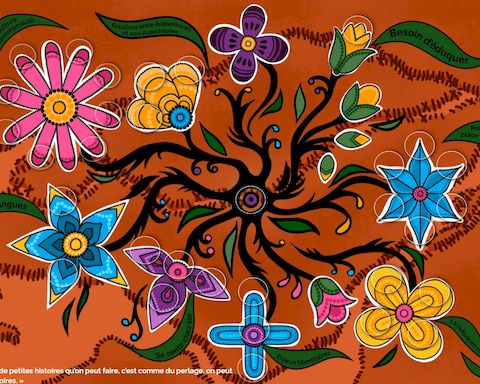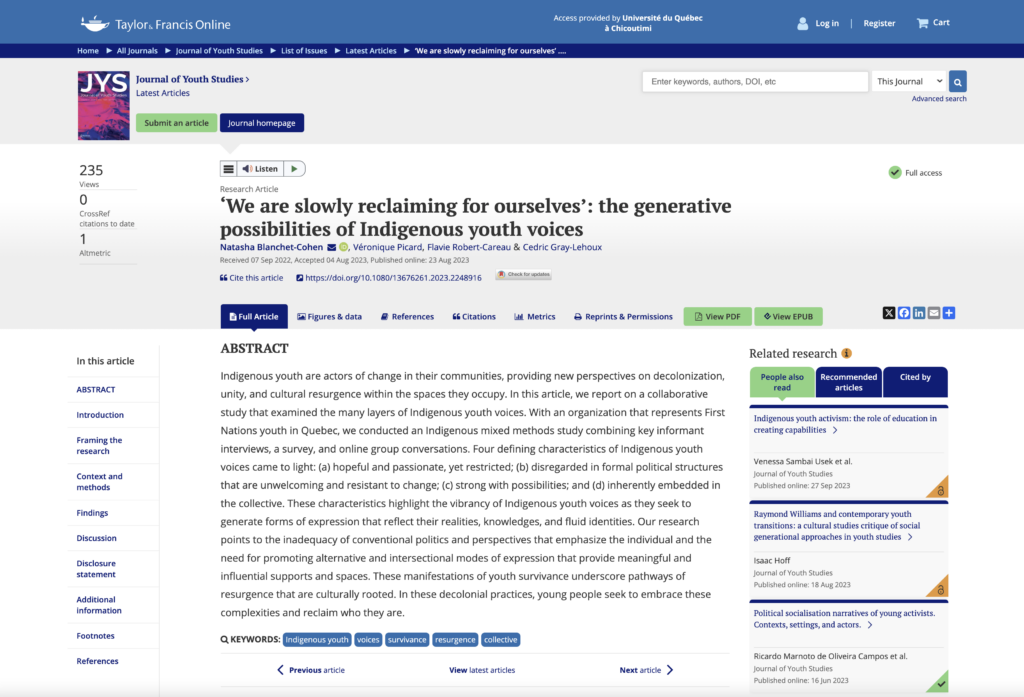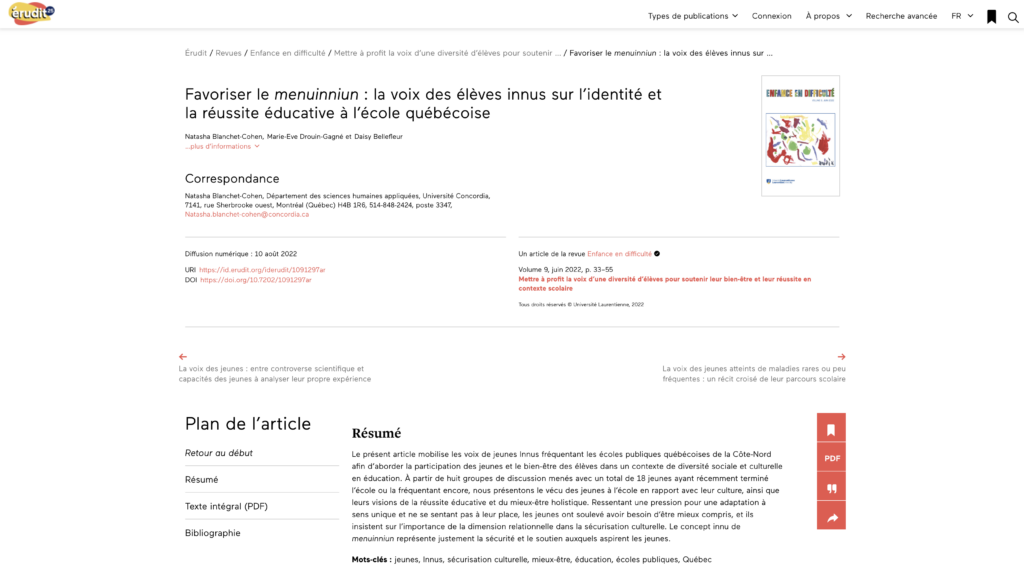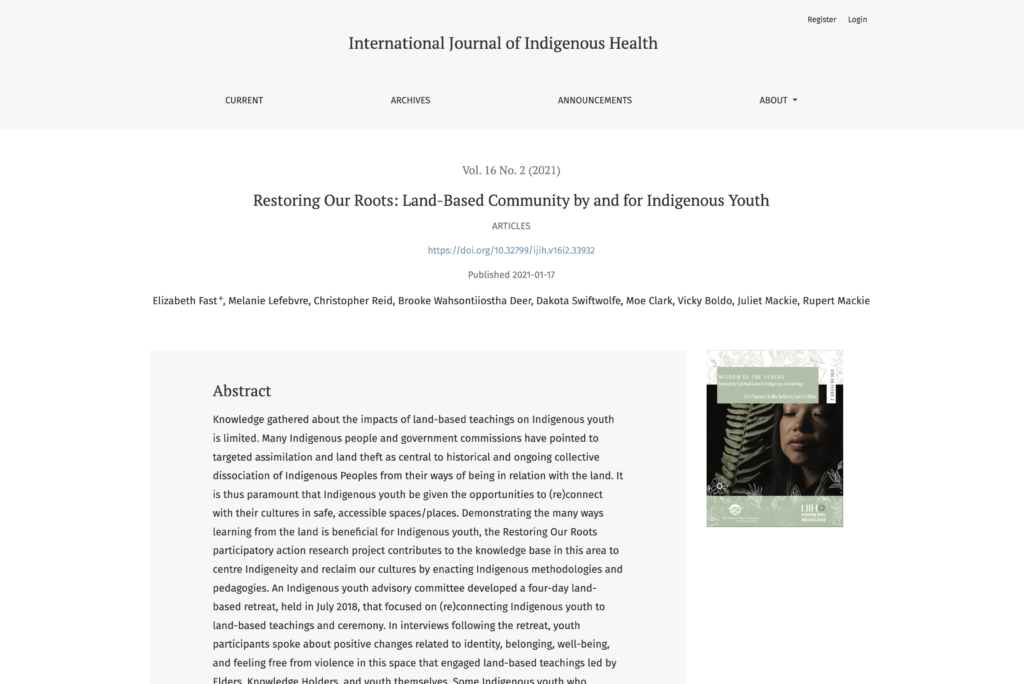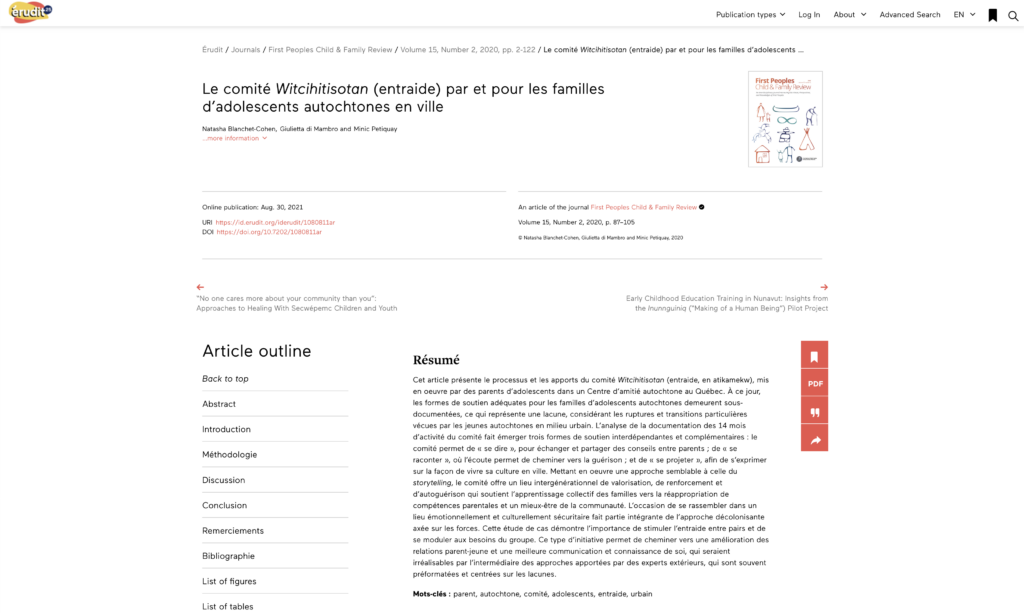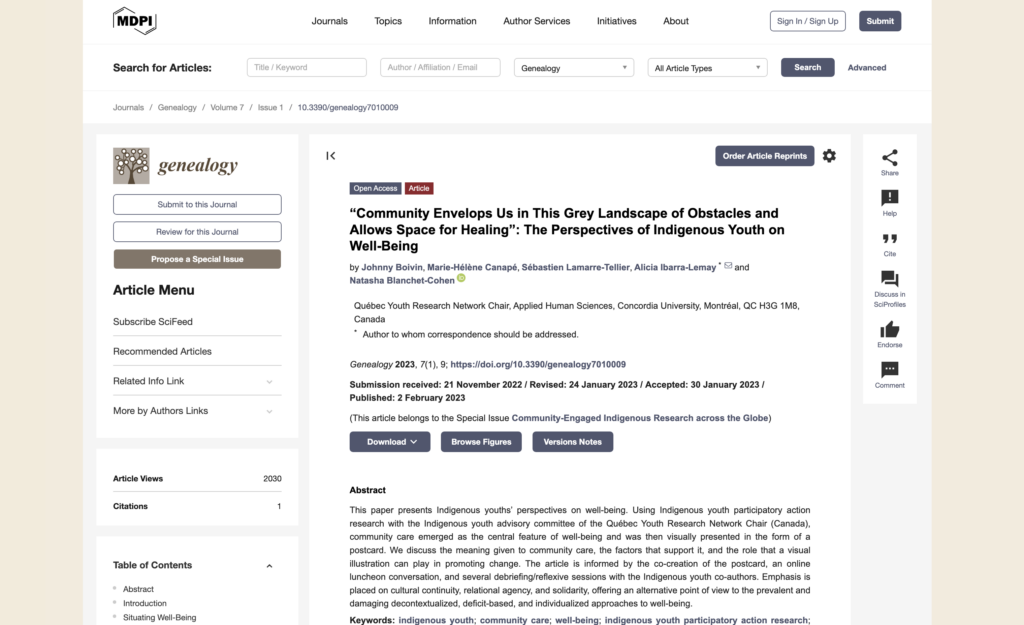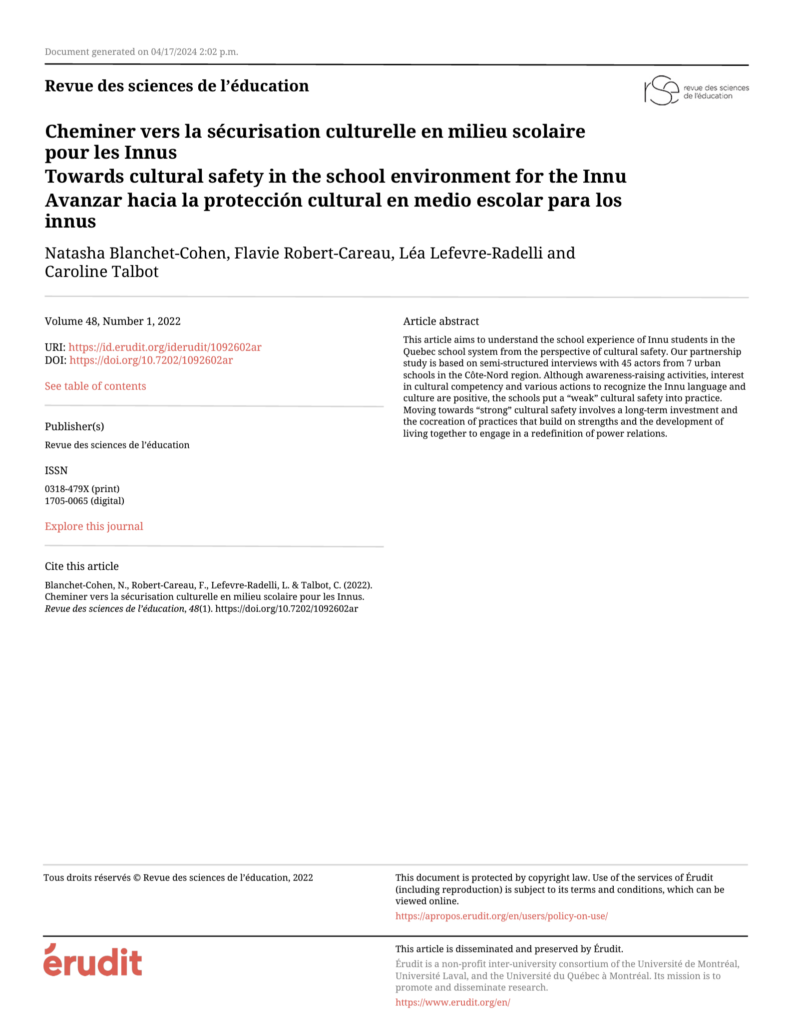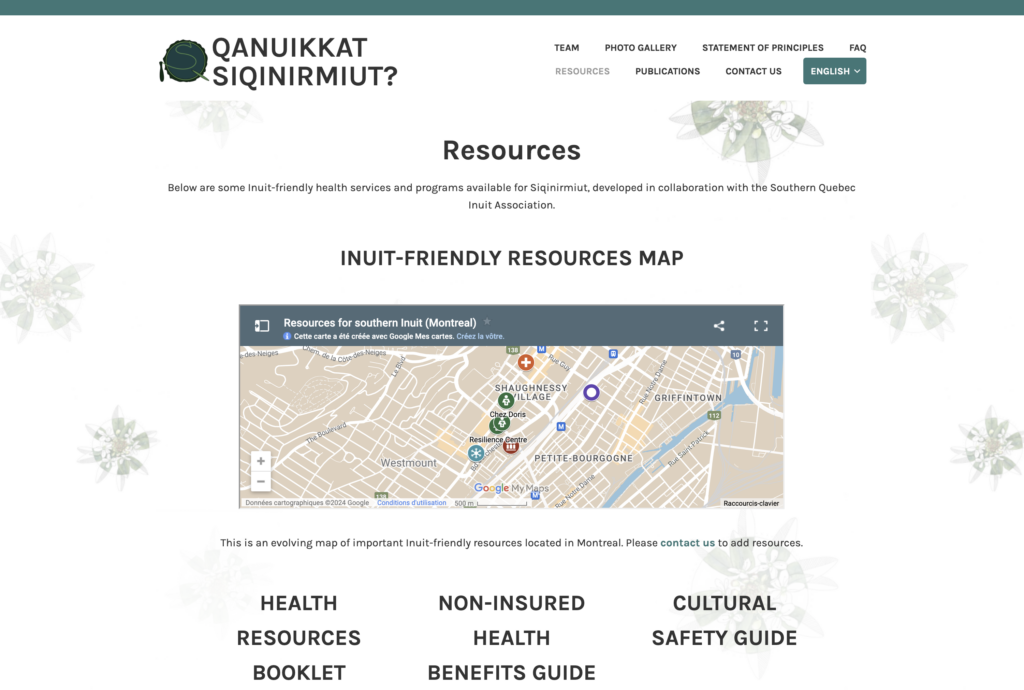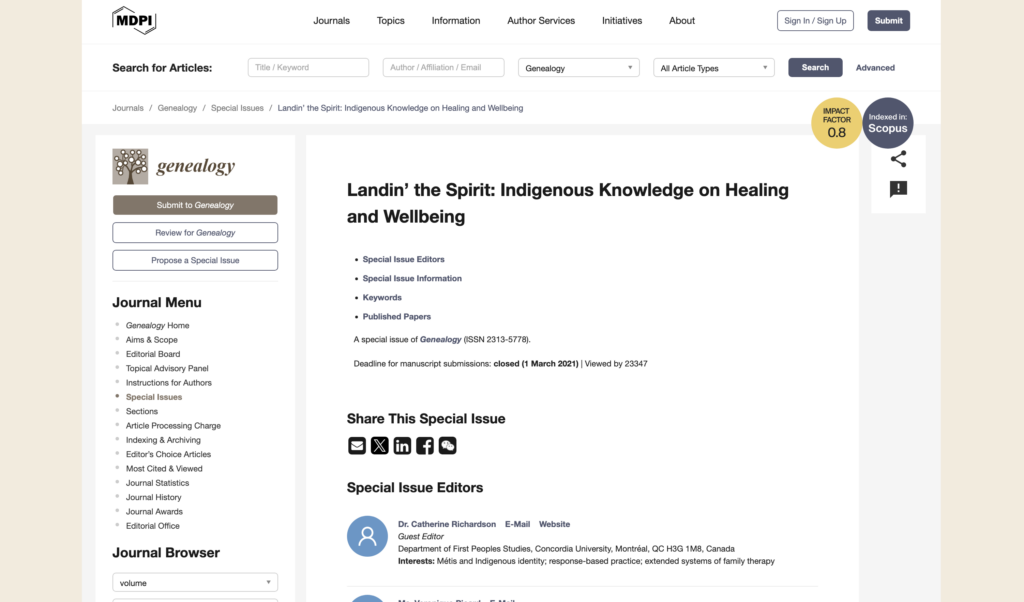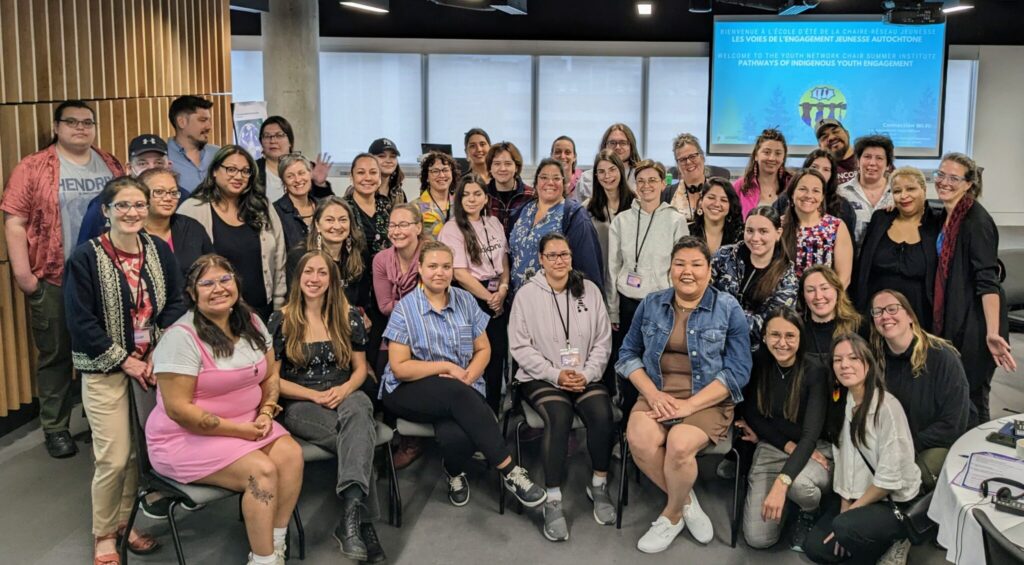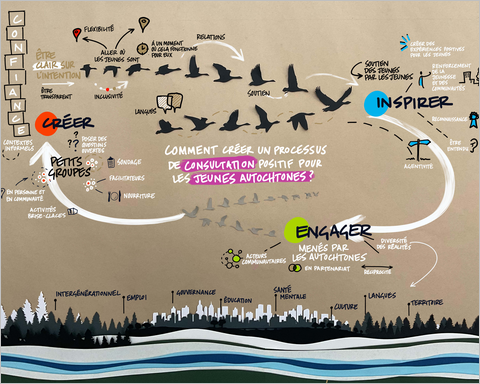Notice bibliographique
Desbiens, C. et Sepulveda, B. (2019). Pekedamkam: Frontierism and the unearthing indigenous landscapes in Val-Or (Quebec, Canada). Journal of Historical Geography, 65, 59-72.
Résumé
This article focuses on the cultural landscape of Val-d’Or (Quebec, Canada) to assess how the geographical and historical erasure of indigenous peoples is materialised in frontier places. Val-d’Or is an industrial mining town of about thirty-two thousand people in Quebec’s middle north, near the Ontario border. Although Val-d’Or is situated in the unceded territory of the Quebec Anishinabeg, known as Anishinabeg Aki, references to the ‘pioneering’ activities of migrants to the region dominate its iconography, subsuming preexisting indigenous territorialities and understandings of the land. Evidence of this is found in the urban landscape: whether through the distinct silhouette of the old Lamaque mine headframe, remnants of the Bourlamaque company village, or the large number of place names with a reference to gold, the space of Val-d’Or functions as a comprehensive geosymbol of frontierism via mineral extraction. Our analysis demonstrates not only that indigenous people never vacated these lands, but that they are willing to inscribe their presence in the mining landscape as a symbol of cohabitation and reconciliation. Taking a critical perspective on this ‘resurgent’ landscape, we explore the potentialities and limitations of decolonisation through hybrid place iconographies, especially as they relate to areas associated with industrialism, resource extraction and the idea of the frontier.
Hyperlien
https://doi.org/10.1016/j.jhg.2019.06.006Publication du membre
Caroline DesbiensAppartenance aux volets










